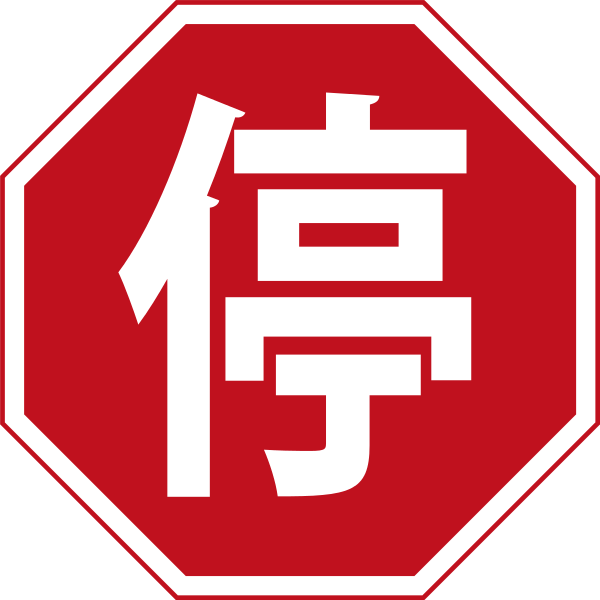The other day, at the traffic lights, the “No U Turn” sign, with the red line slashed across the bent arrow, caught my eye. It occurred to me that these signs must be standard across the world. Otherwise, in addition to dealing with each country’s traffic idiosyncrasies, one would also have to learn and unlearn traffic signs. This got me wondering when this standardisation came about and what driving a vehicle must have been like before standards were set and implemented.
Google threw up a whole bunch of interesting search results. Most of them were related to the US and Europe of course, but interesting nevertheless. Apparently the first sign posts were put up by the Romans who had milestones installed along highways. Then came the finger post or handpost which had, well, fingers pointing in the direction of various cities. All of this of course was in the pre-motorcar era.
With the advent of motorcars, local authorities and motoring associations took up the charge of organising signage. Most of these revolved around warning motorists (and cyclists as cycling became quite popular) about gradients, sharp bends, etc. Since there were no standards, things were understandably confusing. It was a signage free-for-all, not to mention the situation on the roads since ‘road rules’ were rudimentary as well.
In 1900, Williams Phelps Eno, from a wealthy New England family (in the US), proposed putting up STOP signs at intersections. Slowly more ideas were introduced - a centre line dividing the road, and so on. In 1908 an International Road Congress was held in Rome that attempted to set down some standards. Over time, standards were further refined. At the international stage this was done through the Geneva Convention on Road Traffic, 1949 and then the Vienna Convention on Road Traffic, 1968. The Geneva and Vienna Conventions were attempts at making traffic signage universal across the globe. But as always, there were some naysayers. Japan for example did not sign the conventions and has its own traffic signs, though a recent article notes that Japan plans to adopt the international norms to make it possible for international visitors to be able to understand the signs. India is signatory only to the Geneva Convention and not to the Vienna one.
Shapes and colours
In 1915, the first stop sign came up in Detroit, Michigan. It was not the familiar red, 8-sided sign but a large square metal sheet with black lettering and a white background. It was only in 1954 that the now familiar red STOP sign came up.
The STOP sign is universal
Photo courtesy: Wikipedia
Today, the thumb rule is red indicates danger and is usually associated with an interdict. Yellow and orange signs are typically cautionary signs, while blue or brown signs provide information. Diamond shaped signs for warnings; rectangle and square for information; an upside down triangle indicates yield; and circular signs for mandatory ones. The only octagonal sign is the STOP sign.
By the middle of the 20th century, traffic signage design had become more scientific. A lot of thought went into the design of traffic signs. Typeface, for example, had to be easy to read but not distracting. Modern day signage is designed to be noticeable, easily readable and understandable, with a preference for pictograms rather than words. To achieve all of this, the design uses a combination of font (type, size, and colour), colour, and shape.
Traffic lights
The first gas-lit traffic light was installed in London in 1868 but it exploded and injured the policeman who was operating it. The first electric traffic light was installed in Cleveland, USA in 1914. Google even created a doodle to commemorate the event. The first traffic signal in south India was installed in Egmore, Chennai.
Indian signage
Signage in India is similar to the British ones but we have a few that the British road user may not recognise, such as bullock carts prohibited or no tongas or cautioning drivers that they are in an elephant or cattle zone.
Though recognition of traffic signage is a requirement for gaining a licence, it is something that most of us tend to ignore which actually driving. Rarely do I see anyone obeying a no U-turn or no free left sign. Even if one is a sensitised road user and wishes to obey the rules, more often than not the poor visibility of such signage, lost as they are in a herd of advertisements and other clutter, makes it very difficult to do so. This is assuming that one doesn’t let the peer pressure of other road users honking at one to keep moving get to one!
So the next time you catch sight of a signage, do obey it, but also take a second to appreciate the long history of the humble traffic sign!

Add new comment